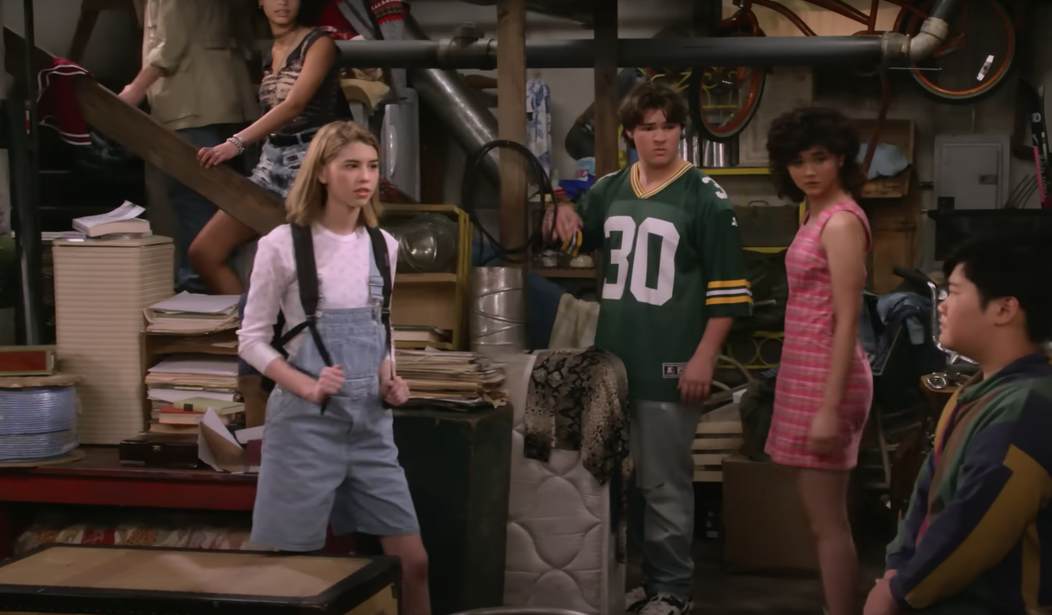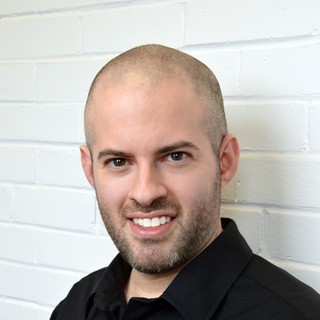So when the news came that there would be a reboot/sequel to the sitcom That ’70s Show, I was mildly curious. I may have occasionally watched the show during its original run from 1998 to 2006, but it wasn’t until it was available on streaming that I actually really watched it. I liked the show enough to want to at least check out the new sequel reboot. This is, more often than not, a fool’s errand, because sequel reboots are often awful and should have never been produced. There are the occasional deviations from this norm, such as Cobra Kai, which managed truly get the formula right for how to reboot a movie/show and make it work.
Still, when I first learned about the sequel reboot of That ’70s Show, which is called That ’90s Show, I honestly came in with low expectations. The trailer made it look promising, though.
I’ve now watched most of the 10-episode season, and I still believe the show has yet to grow into itself. Of course, the question I’m sure is on everyone’s mind is, “How woke is it?”
For sure, the cast of teenagers in this reboot is more diverse than the original all-white cast, and the reboot certainly borrows from the original formula of the show — perhaps a little too much, but it is the first season, and the nostalgia factor has to be played up.
While there are plenty of reviews out there that trash the new show, there are reviews that praise it the most for one reason: the inclusion of an openly gay character. The character in question, an Asian teen named Ozzie, has the stereotypical gay mannerisms and “gay lisp,” but isn’t officially revealed as gay until the season’s fifth episode. The episode focuses a lot on Ozzie’s decision to “come out” to Kitty, the mother from the original series who is the grandma of Leia, the main teen character in the new show.
One writer for The Daily Beast cites this particular episode as the reason why haters of the show shouldn’t hate it at all — though I say it has no right to be. Ozzie’s desire to come out to Kitty (played by Debra Jo Rupp) is a bit contrived, and the entire situation feels inaccurate for a period sitcom.
For starters, Ozzie’s decision to come out to Kitty comes out of nowhere, and at this point, everyone in the group of friends is already aware of his sexuality — even the annoyingly naïve and innocent Leia, the newbie to the group.
The truth is, in 1995, when this show takes place, it is very unlikely that everyone in Ozzie’s circle of friends in suburban Wisconsin would have been so accepting of Ozzie being gay by default. It’s true that homosexuality was starting to become hip and trendy in the ’90s (as transgenderism is today), but even so-called progressives weren’t entirely accepting of homosexuality at the time. Many attitudes deemed homophobic today were commonplace among the left. For context, Bill Clinton signed the Defense of Marriage Act in 1996.
In fact, for a period show that never misses an opportunity to make a ’90s reference, it deliberately ignores the fact that the youth of that time were widely using “gay” as a pejorative. I know because I was 15 at the time the show was set. It was happening everywhere. Even the most progressive 40-year-old LGBT allies you know today probably used the word “gay” to mock something or insult someone in high school and college.
Ozzie’s coming-out story would have been more effectively written as him coming out to his friends first and dealing with the fear of their reaction and possible struggles to accept it. But instead, all the kids are written to have already known, and Kitty, Ozzie’s friend’s grandmother, is the one he is compelled to come out to, which brings us to the most inaccurate moment of the episode.
“But Kitty has no problem with Ozzie being gay, bringing him in for a warm, loving embrace,” Barry Leavitt at The Daily Beast writes. “Kitty then says the words that should be replicated by parents whose kids come out to them: ‘You just made me feel really special.’ It’s a perfect moment for both Kitty and Ozzie; their relationship can continue to thrive, and Ozzie can be his true self around her without reservation. It’s a perfect conclusion to a truly lovely episode of television.”
But is it? Is the fantasy that everyone in the 1990s was accepting of homosexuality, even those of an older generation, really the proper message? If you were in your teens at the time, you know that wasn’t the case.
Yes, this is fiction, and in many ways, it doesn’t really matter, but it sure feels like Hollywood likes to rewrite history via entertainment to pretend that mainstream attitudes towards homosexuality and even race are no different today than they were many decades ago — that homophobia and racism have always been limited to a select few backward individuals. For example, Disney’s live-action reboot of Lady and The Tramp made the characters Jim Dear and Darling an interracial couple — even though interracial marriage was illegal at the time and place the movie was set.
Of course, making everyone gay-friendly in the 1990s and pretending that interracial marriage was legal and accepted in the early 1900s might earn rave reviews from woke critics, but isn’t it doing more harm than good?










Join the conversation as a VIP Member